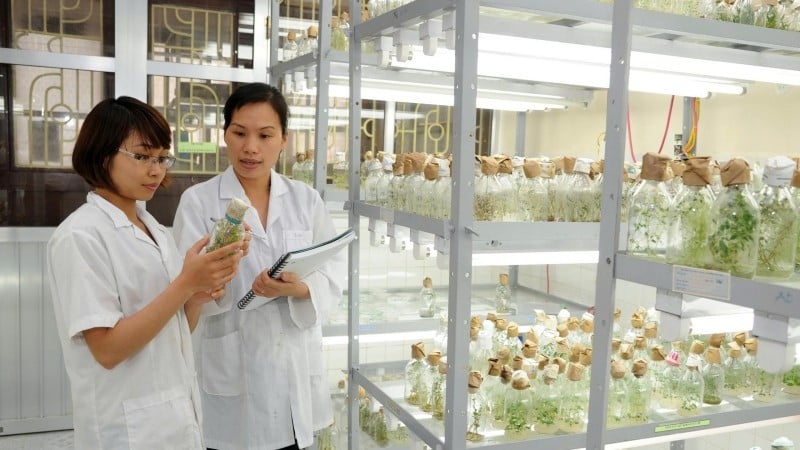
However, in addition to the achievements, female scientists still face many difficulties and challenges that need to be identified in order to promptly propose appropriate solutions to encourage "half the world" to contribute more actively to research and development of science and technology, a key field that is receiving special attention from the Party and State in the new era.
Proud contributions
Dr. Nguyen Quoc Sinh, Institute of History (Vietnam Academy of Social Sciences) commented that women working in science often live in two parallel worlds : One world of knowledge, one world of duty. Between these two worlds, they must constantly change roles from researcher to mother, wife, and child in a non-stop rhythm of life. Despite being "torn" in many different roles, the number of women participating in scientific work, not only in Vietnam but also in the world, is increasing.
At a recent conference on artificial intelligence, an expert from the Vietnam Academy of Science and Technology provided data on women doing scientific research in several countries, including Vietnam.
For example, in Germany, 14% of scientists are female, in the European Union 33%, in Japan 15% and in South Korea 18%. In some Southeast Asian countries, the proportion of female scientists is quite high, up to 52% in Thailand and the Philippines. In Malaysia and Vietnam, the proportion of women participating in scientific activities is approximately equal to that of men.
Many female scientists have become the pride of the country’s science, winning many important scientific awards at home and abroad. Of particular note is the Kovalevskaia Award for women from developing countries who have made outstanding contributions to the field of science and technology.
Some typical female scientists include Associate Professor, Dr. Nguyen Minh Tan (Hanoi University of Science and Technology) with his contributions to raising the level of Vietnamese agricultural products; Associate Professor, Dr. Nguyen Thi Tram (Vietnam Academy of Agriculture) is famous for her research on rice breeding, especially hybrid rice. Associate Professor Ho Thanh Van (Ho Chi Minh City University of Natural Resources and Environment) is in the top 23/100 typical scientists in 2000 voted by Asian Scientist magazine, Professor Nguyen Thuc Quyen, the most cited materials science researcher in the world, one of the first Vietnamese women elected to the American Academy of Engineering...
And there are many other names of outstanding female scientists, like beautiful flowers that add color and fragrance to the country's scientific garden.
At the national conference on breakthroughs in science and technology development, innovation and digital transformation on January 13, 2025, General Secretary To Lam affirmed: “With the goal of becoming a modern industrialized country by 2030 and a developed, high-income country by 2045, we must consider science and technology, innovation and digital transformation as key driving forces”. Thus, in the age of knowledge, we cannot forget half of humanity’s intelligence, which is women, among whom there are many talented people “waiting to be opened up”.
Difficulties, challenges and solutions
Dr. Pham Thi Xuan Nga, Deputy Director of the Central and Central Highlands Branch of the Institute of Social Sciences (Vietnam Academy of Social Sciences), said that in scientific research, women still face many difficulties compared to men. First is the traditional social and cultural barrier. The concept of male superiority over female is still common in the community, causing women to lose development opportunities. Balancing career and family is always a difficult challenge for female scientists.
Remuneration policies for female scientists are still limited, while women face fierce competition for time and research products in the technological age. These factors explain why the rate of women participating in scientific research is high, almost equal to that of men, but the number of products and research works is lower.
Associate Professor, Dr. Quach Thi Ngoc An (Central University of Art Education) pointed out a reality she encountered while doing fieldwork in the locality to collect materials for research work. That is, many cultural relics still prohibit women from entering some sacred areas, such as the back palace of the village communal house, the main worship area in the temple, or the forbidden areas in the tomb. Although researchers bring clear introduction papers and research equipment, they have been refused entry into the worship area many times, or forced to "stand and watch from a distance" because... they are women. Ancient concepts such as "women have negative energy", "sacred temples do not allow women to enter" still exist, causing difficulties for female scientists.
The training of female scientists is also unbalanced in that the number of female scientists who are children of ethnic minorities is currently “countable on the fingers”. Lack of early detection and nurturing mechanisms, lack of inspirational role models and a supportive academic ecosystem means we are “missing out” on many potential research human resources.
To develop a team of quality female scientists, there needs to be specific and specific incentive policies. Some experts suggest developing a Science and Technology Fund for female scientists. Dr. Nguyen Quoc Sinh commented that in national science and technology awards such as the Ho Chi Minh Award and the State Award, the number of female scientists winning the award still accounts for a very small proportion.
Therefore, it is necessary to diversify the forms of recognition and design specialized awards for women to honor women's efforts to overcome the double barrier between work and family. It is necessary to stipulate a minimum proportion of topics chaired by women, and to form a fund to support female scientists returning to academics (reentry grants) after maternity leave. It is necessary to build institutions and a humanistic research environment so that women can both complete family work and be creative.
Dr. Ro-Dam Thi Bich Ngoc, Institute of Sociology and Psychology (Vietnam Academy of Social Sciences) said that it is time to consider the development of female scientists, especially those from ethnic minorities, as a strategic task in national human resource development. It is necessary to develop scholarship policies and programs to identify female talents early, giving priority to female students from disadvantaged areas, helping them access better training environments in the fields of science, technology, engineering, and mathematics (STEM).
There is a “sponsorship” mechanism at the university and postgraduate levels to guide research and career development. Strengthen communication and promote the role models of ethnic minority women intellectuals, so that they can become role models and inspire future generations. When a girl from the Xo Dang, Ba Na, Gia Rai, H'Mong, Dao or E De ethnic groups can become a scientist, she not only brings knowledge to the community, but also is a living testament to the power of education and gender equality. Nurturing these women is an investment in the sustainability of the region, the area and the whole country, where science is not only knowledge, but also the path to the future.
Source: https://nhandan.vn/nang-cao-vai-tro-cua-phu-nu-trong-phat-trien-khoa-hoc-cong-nghe-post916551.html


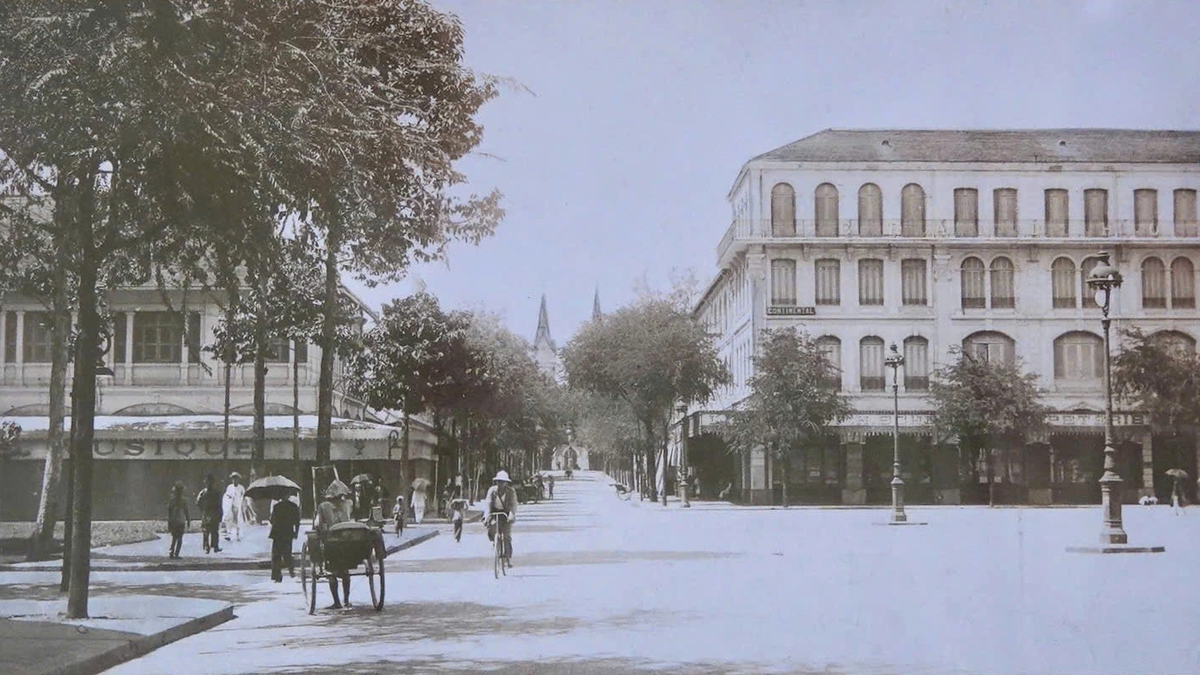

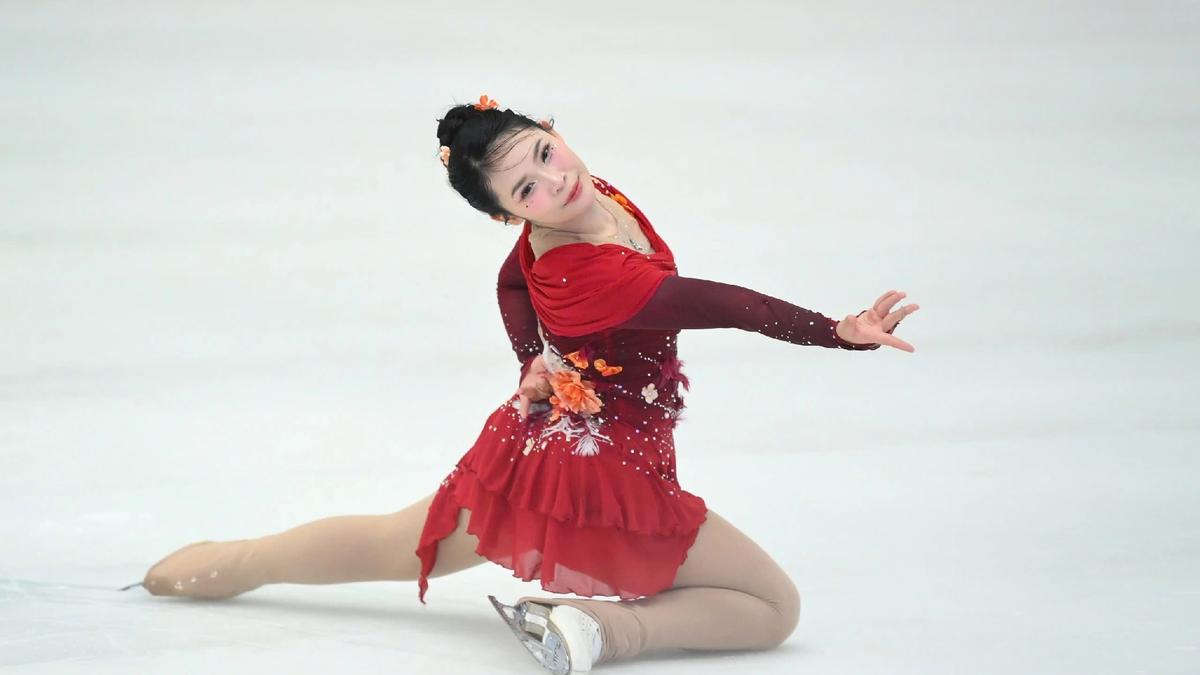

![[Photo] The Steering Committee of the 2025 Fall Fair checks the progress of the organization](https://vphoto.vietnam.vn/thumb/1200x675/vietnam/resource/IMAGE/2025/10/20/1760918203241_nam-5371-jpg.webp)



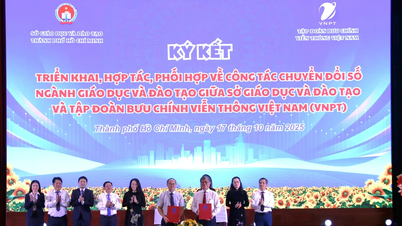

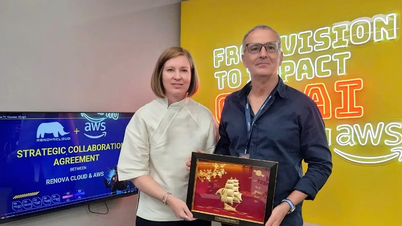



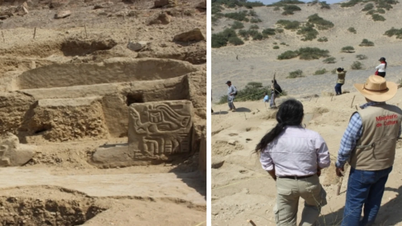




![[Video] Flower and gift market in Ho Chi Minh City is bustling on the occasion of October 20th](https://vphoto.vietnam.vn/thumb/402x226/vietnam/resource/IMAGE/2025/10/20/1760931107653_720-jpg.webp)

![[Video] Party and State leaders and National Assembly deputies visit President Ho Chi Minh's Mausoleum](https://vphoto.vietnam.vn/thumb/402x226/vietnam/resource/IMAGE/2025/10/20/1760929911350_img-1885-4872-png.webp)

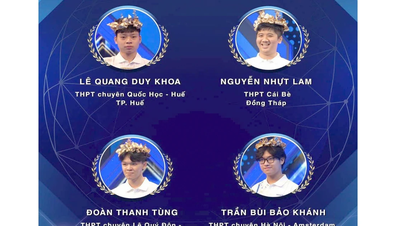
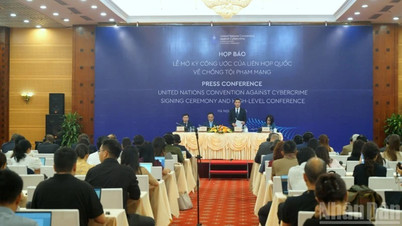





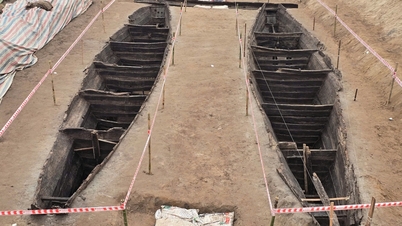

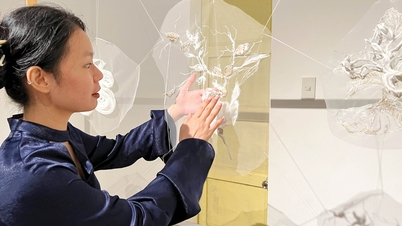

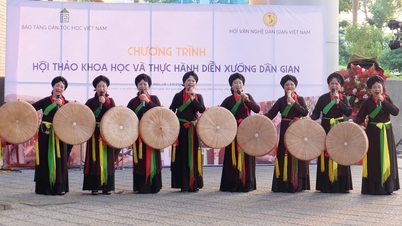





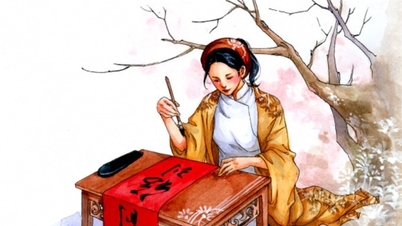
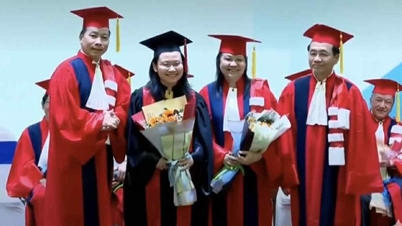



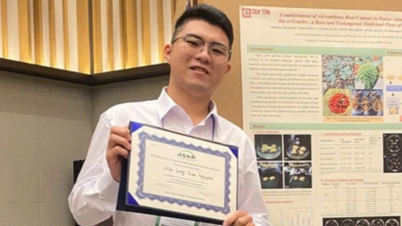

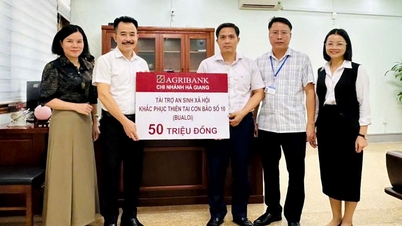

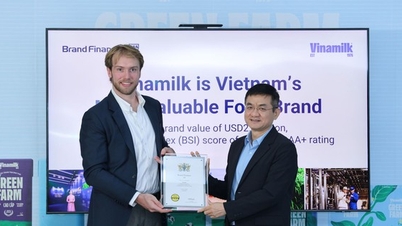




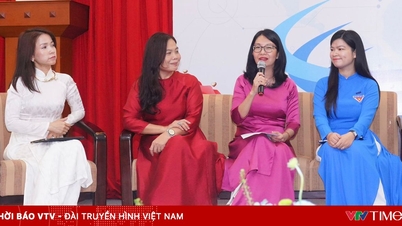
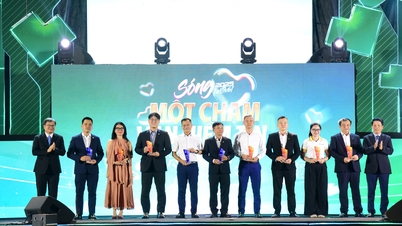








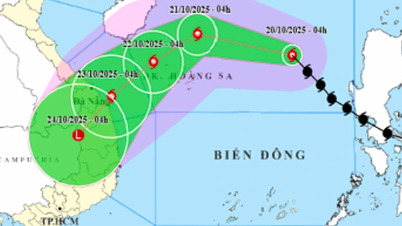


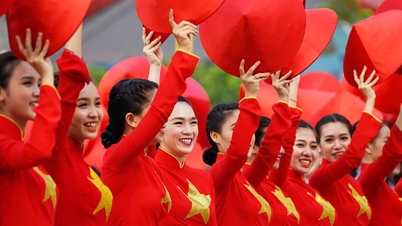

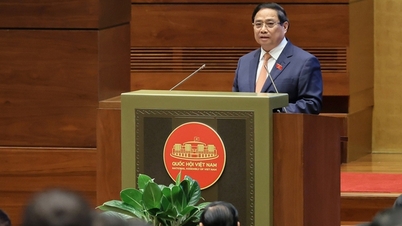


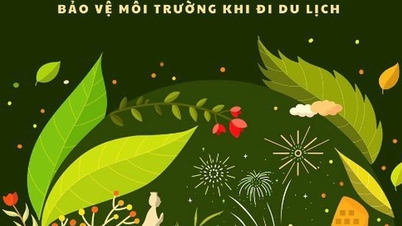
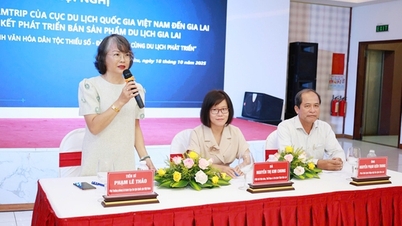
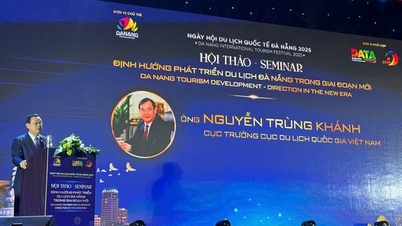
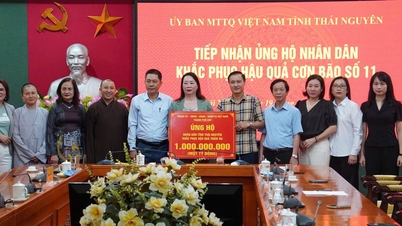


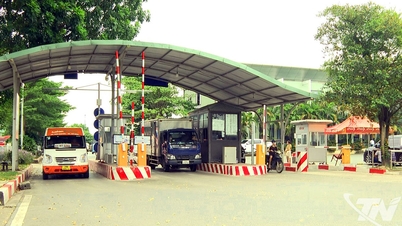


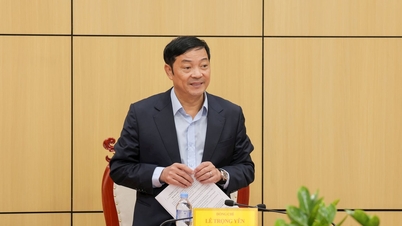














Comment (0)